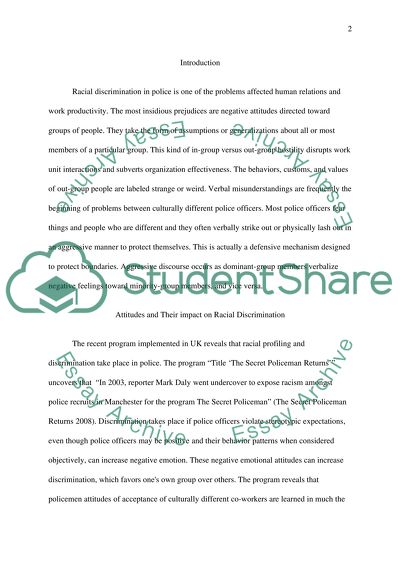Cite this document
(“Human Resource Management in a Business Context Essay - 1”, n.d.)
Retrieved from https://studentshare.org/human-resources/1551479-human-resource-management-hrm-in-a-business-context
Retrieved from https://studentshare.org/human-resources/1551479-human-resource-management-hrm-in-a-business-context
(Human Resource Management in a Business Context Essay - 1)
https://studentshare.org/human-resources/1551479-human-resource-management-hrm-in-a-business-context.
https://studentshare.org/human-resources/1551479-human-resource-management-hrm-in-a-business-context.
“Human Resource Management in a Business Context Essay - 1”, n.d. https://studentshare.org/human-resources/1551479-human-resource-management-hrm-in-a-business-context.


